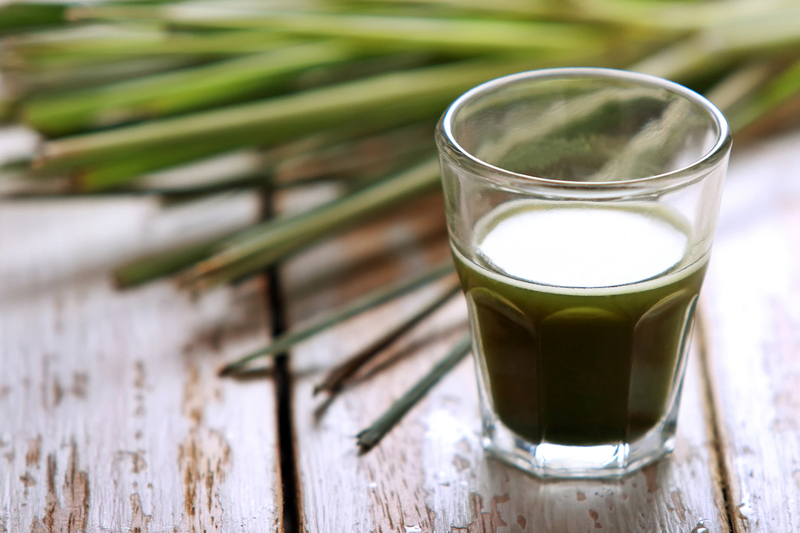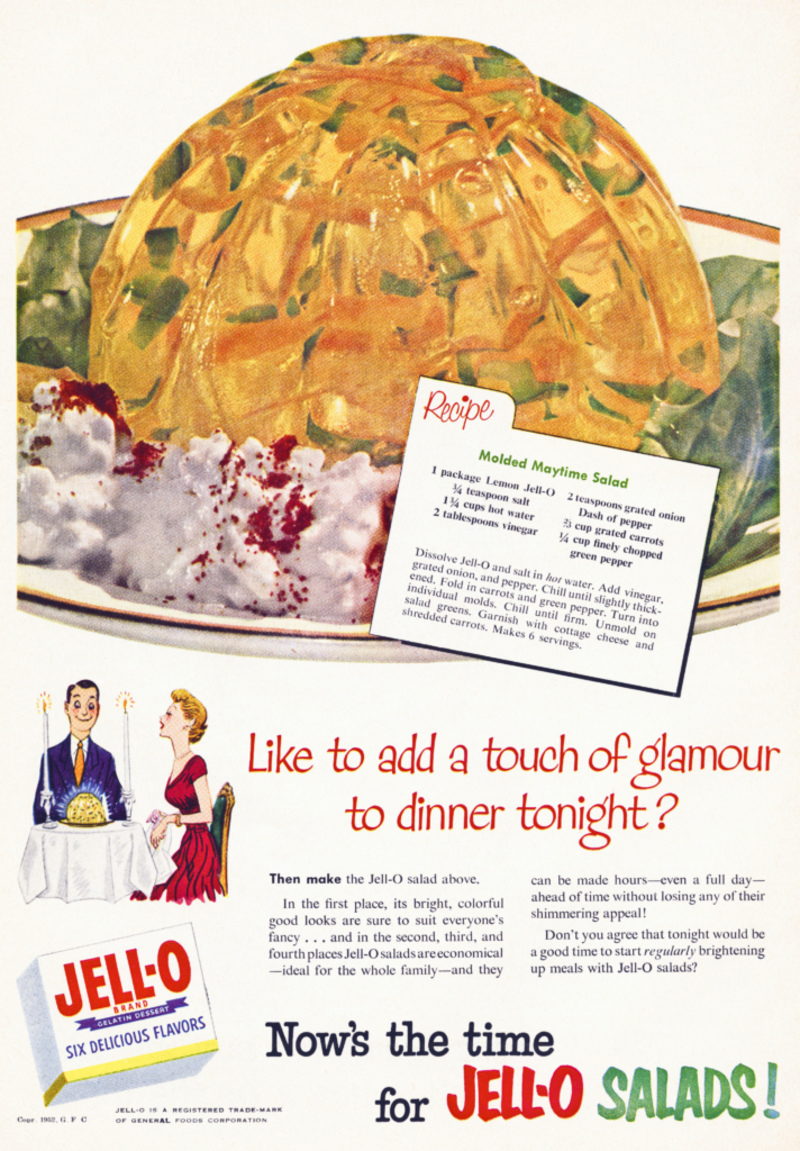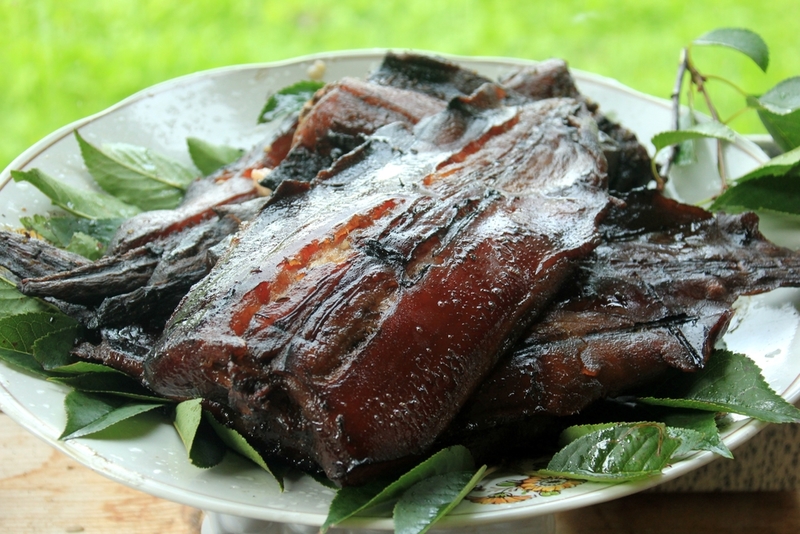
Eating Grass is Not Just For Cattle
Wheatgrass shots, which are popular nowadays, have a lengthy (and sometimes dark) history. Ann Wigmore founded the Hippocrates Health Institute back in 1956. The clinic was founded on Wigmore’s firm belief that not only were raw foods the greatest, but that they could also cure disease. During World War I, the Lithuanian-born Wigmore assisted her grandmother in treating the injured, and it was there that she developed the belief that eating grass was the best thing you could do for your body. She started the habit of incorporating grass into not only diets but also medicinal treatments. As Reverend Ann Wigmore, she began down the path of wild claims and less absurd lawsuits, swearing that grass could cure anything from arthritis to cancer.
Jell-O and Aspic Salads
Congealed salads, sometimes known as Jell-O salads, were popular in the 1930s. Not only were they simple to create, but you could put nearly anything in a mold using Jell-O. During the Great Depression, the fashionable crowd began serving these architectural marvels (that jiggled!) at social gatherings. Chefs didn’t mind putting anything into the cold molds: chicken, hard-boiled eggs, grapes, chopped carrots—have at it!

Fish Bladder Jam
Doesn’t it sound lovely? The Victorians certainly believed so. The gooey substance extracted from the bladders of sturgeon fish was known as ‘isinglass,’ and it was a popular thickening agent in the nineteenth century, having initially been utilized as an ingredient in the manufacture of glue. It’s unclear who saw glue and thought, ‘We could make jam out of this,’ but that’s exactly what happened, and people happily munched their way through gallons of fish bladder jam and confectionery until gelatin became a cheaper substitute.
Beaver Tails
Fast days were observed for half of the year in Middle Ages England when people were not permitted to consume meat. There was, however, a loophole here. Because fish was not considered meat back then, fast days such as Lent, Wednesdays, and Fridays, and even the run-up to Christmas became days when fish was the dish of the day. Not everyone had access to fish, but there was an alternative: beaver tails. Beaver tails were shaped like flatfish, and if you used your imagination, they appeared to be coated in scales and spent a lot of time underwater. As a result, they were fish and served as a cheap substitute for the country’s fishless masses.

So whether you are enjoying cheese tea or glitter donuts these days, trust us, it really isn’t that weird in comparison to the things our ancestors or even grandparents probably tried.